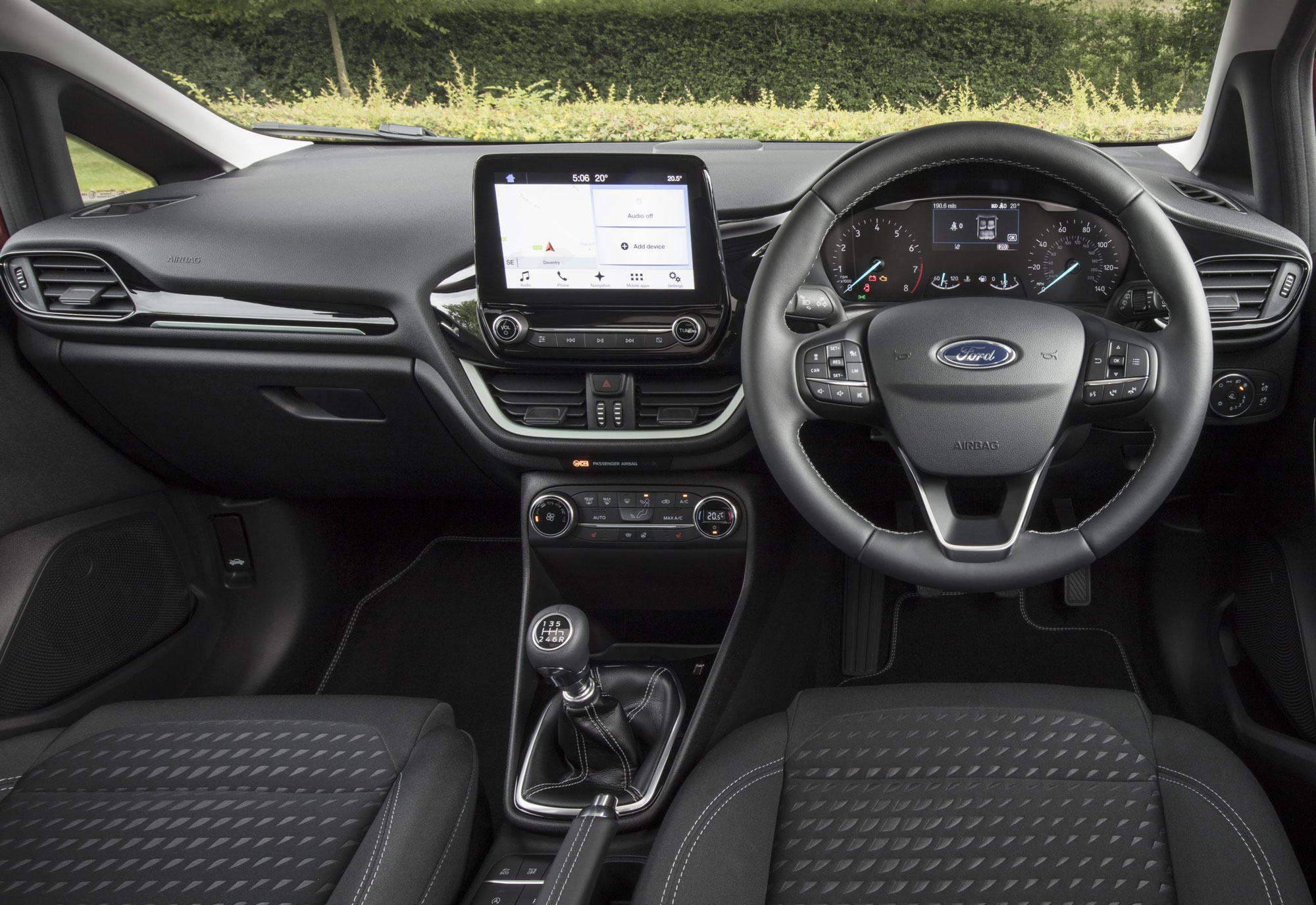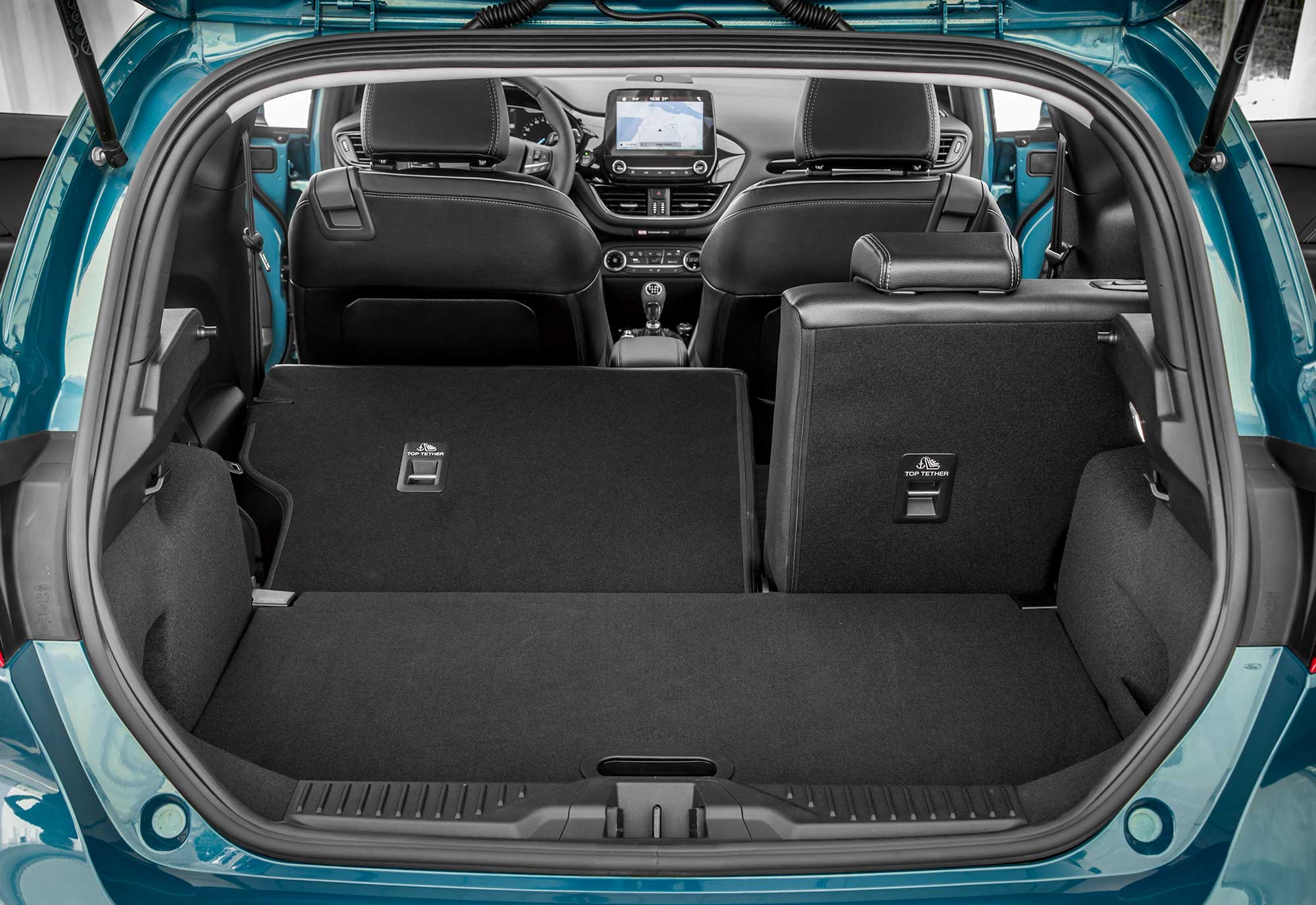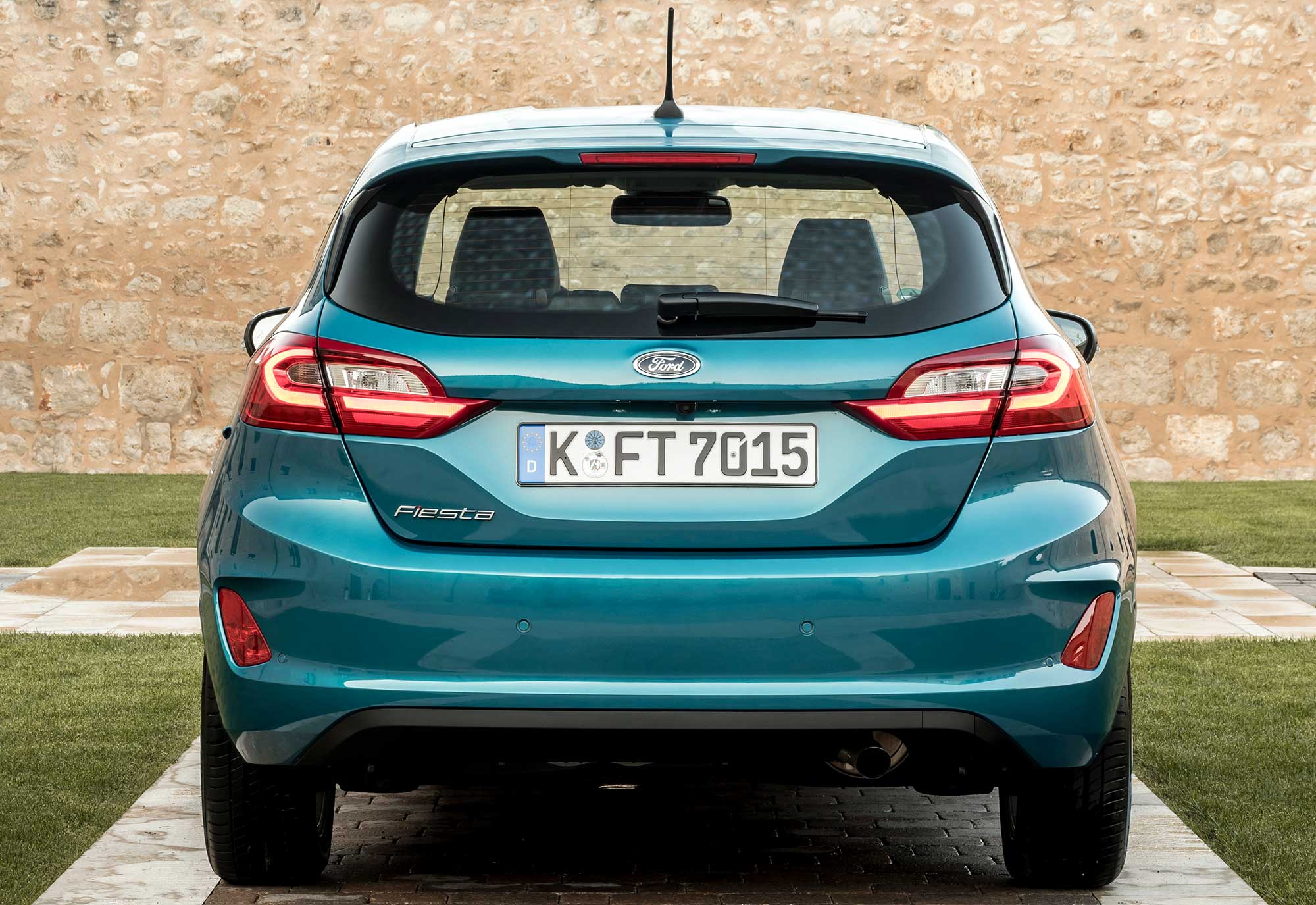Massimo Pini drives the all-new, seventh generation Fiesta to find out how Ford has updated the small hatchback that’s been the UK’s top seller for the past eight years.
The term ‘icon’ is often bandied about rather loosely when it comes to the car industry. Every manufacturer would like to boast of having one among its product line-up but few can truly lay claim. In the case of the Fiesta, I’m not suggesting that the car itself is an icon, but the nameplate, thanks to its longevity and ubiquity, definitely makes the grade in my book.
Given the original car’s arrival in 1976 and my own advancement through middle age, the Ford Fiesta has been a constant since my early years and I have had memorable personal encounters with a number of different variants, most notably the Mark 1 and the Mark 6.
But Ford can’t simply rely on nostalgia to keep the Fiesta at the top of the sales charts. The B-segment (small hatchback) market is ultra-competitive, so the goal with this all-new car is to build on the strengths of its predecessor while addressing a few shortcomings that are principally age-related since the 6th-gen car first appeared back in 2008.
Kicking off with the exterior design, there’s really no mistaking the new car for anything other than a Fiesta. This could be seen as a strength or a weakness but only time will tell. On the one hand, following the “If it ain’t broke...” principle, why would you want to alienate customers who know and love the outgoing model? But then again, that car arrived almost a decade ago so there’s a danger that the new Fiesta’s design might start to date rather more quickly.
The overall effect is smart and a little more grown-up, with a few less ‘pimples’ thanks to some subtle detail improvements which include flush-fitting parking sensors, windscreen washer nozzles hidden beneath the upper bonnet lip and no visible screws in the tail-lights or rear fascia. And to top it all off, Ford has added the option of an opening full length, panoramic glass roof - a first for the Fiesta.
So if the changes on the outside are somewhat evolutionary, the same certainly can’t be said of the interior, which has undergone a total transformation. Ford says the design was inspired by smart devices and tablets – hence the large (up to 8-inch) touchscreen perched atop the dash which provides access to the Sync 3 infotainment system while also allowing the designers to ‘de-clutter’ reducing the number of buttons on the centre console by almost half compared to the outgoing model.
The quality of the fit and finish has improved markedly, with soft touch materials creating a distinctly more upmarket feel. The upholstery and carpets were apparently tested in Ford’s upgraded materials lab, with the seat cushions undergoing 60,000 test ‘sittings’ by a robot bottom (robottom?) to ensure wear-resistance. Pretty reassuring then - but at the same time rather depressing - to think that if you buy a new Fiesta, there’s every chance that your bum will begin to sag before the seat does!
Cabin space is good with decent head- and legroom up front and in the rear, backed up by a well-sized boot. It’s not the biggest in its class but you won’t feel shortchanged.
The Fiesta has earned its stripes over the years as one of the finest handling small hatchbacks on the market, so to find out whether the latest version can continue to lay claim to this lofty reputation, we tested the 100 PS, 1.0-litre Ecoboost petrol-powered model in Zetec trim, which Ford expects to become the best seller in the range.
On the move, it’s quite refined and engine noise is well-suppressed, thanks to a stiffer body, an acoustic windscreen and an overall reduction in noise, vibration and harshness (NVH). Ford claims best-in-class levels of quietness with interior road noise at 62 mph offering a seven per cent improvement over the outgoing model.
The Ecoboost engine really seems tailor made for the Fiesta. Power delivery is smooth, making it enjoyable to wring out the revs to the red line when the mood takes you, and while pace is brisk rather than exceptional (0-62 mph in 10.5 seconds and a top speed of 113 mph), there’s still fun to be had in this nimble and well-balanced hatchback. And this performance does not come at the expense of efficiency with the EcoBoost returning 65.7 mpg economy on the Combined cycle and CO2 emissions of 93 g/km.
The pedals are nicely weighted, the new 6-speed gearbox has a quick, positive action and the steering is responsive with plenty of feedback. The suspension set-up is on the firm side but still comfortable and well controlled so the Fiesta rides well over most surfaces. It’s also a competent motorway cruiser, getting up to and maintaining the legal maximum with the minimum of fuss - and noise, thanks to that 6th gear.which helps keep the engine that bit quieter at higher speeds.
Zetec trim is probably the one to go for in terms of the ideal equipment versus value combination with 15-inch alloys, front fog lights, a heated windscreen and a 6.5-inch touchscreen infotainment system fitted as standard for the asking price of £15,445 on-the-road. Adding a few options, however, including special paint, satellite navigation and the safety focused Driver’s Assistance Pack - bumps the total cost of our test car up to £17,375, which does start to look a little pricey.
Nonetheless, the new Fiesta’s all-round ability makes it a compelling proposition - especially when fitted with the EcoBoost engine. Not only is it great to drive, offering the flexibility to tackle urban trips and longer motorway journeys, but its agile handling and competitive running costs should ensure that it continues to dominate the sales charts for some time to come.







